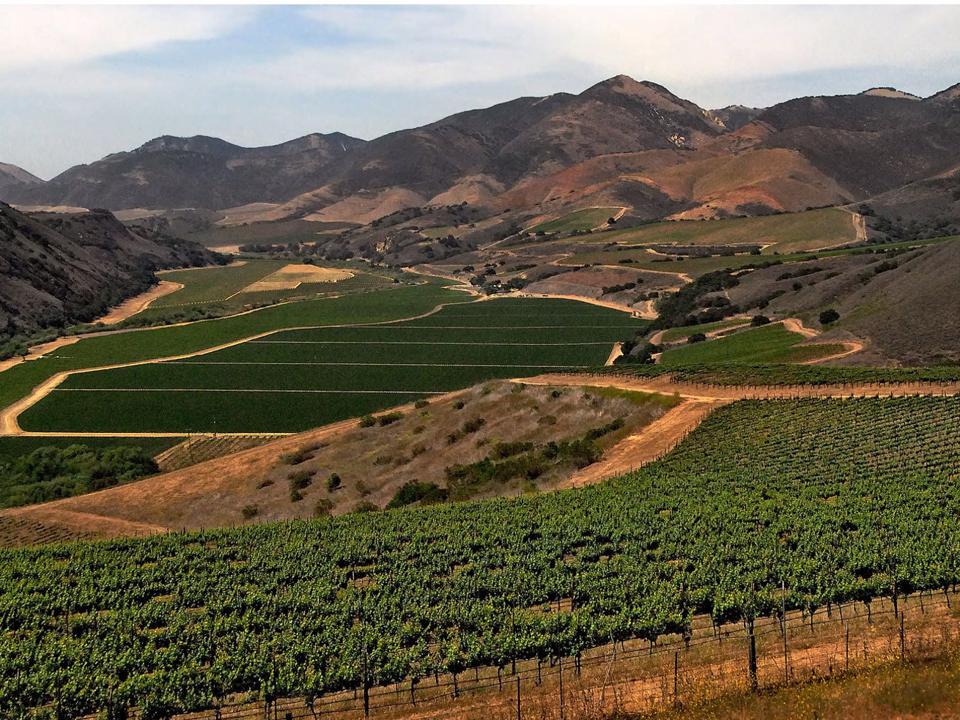
Warm vs Cool: Exploring the influence of climate on wine production
In our wine education classes, a frequently asked question revolves around how warm and cool climates affect wine production. The impact is indeed substantial, as temperature plays a pivotal role in shaping various aspects of grape cultivation and the ultimate style and quality of the wine.
Let's begin by exploring the influence of a hot climate on wine production.
In such regions, grapes benefit from consistently intense sunlight and ample warmth, hastening their ripening process. Consequently, these grapes tend to boast higher sugar levels. We know that sugar is converted into alcohol during fermentation so higher sugar levels can often resulting in wines with elevated alcohol content. One more fun piece to add here is with higher alcohol levels, the wine will have a fuller and richer body, which we would call ‘big wines”. The warmth also intensifies the fruitiness of the grapes, yielding wines that are characterized by their ripe fruity profiles that we can sometimes refer to as jammy.
Now, let's turn our attention to the impact of cooler climates on wine production.
In regions characterized by shorter growing seasons and cooler temperatures, the maturation of grapes unfolds at a more leisurely pace. This natural rhythm is why we frequently find grapes with delicate, thin skins—both white and black varieties—cultivated in such climates. These grapes require less warmth to reach full ripeness on the vine.
As a fascinating consequence, the cooler climate actually contributes to unique characteristics in the grapes. Warmer temperatures have a tendency to diminish the natural acidity in grapes, making them sweeter. Conversely, grapes grown in cooler climates maintain higher acidity levels and lower sugar content.
Beyond grape variety, these wines from chilly locales offer a captivating array of flavours, with a pronounced focus on acidity and minerality. White wines, for instance, may enchant the palate with hints of crisp green apple, zesty citrus, and aromatic herbs. Meanwhile, red wines from these regions often present a delightful symphony of red fruit notes and delicate floral undertones.
It's the intricate interplay of climate, grape variety, and meticulous winemaking that gives birth to these exceptional cold-climate wines, each sip a testament to the artistry and terroir of the region.
As we continue our wine journey and educational endeavors together, you'll come to appreciate how grapes from different climates profoundly influence the character and quality of the resulting wines. warmer climates tend to yield wines with higher alcohol content and more pronounced fruitiness, while cool climates often produce wines with elevated acidity, delicate flavours, and aging potential.
Crafting exceptional wines demands winemakers to adapt their techniques to navigate the distinctive intricacies of their local climate. The interplay between these factors significantly shapes the personality and flavor profile of each wine. Among these influential factors, the dichotomy of warm and cool climates stands out.
For wine aficionados like us, this voyage of discovery is a perpetual odyssey. Over time, we all unearth beloved wines that hail from both the sun-soaked vineyards and the cooler, crisp corners of the wine world.
Embark on your own enriching expedition into the world of wine with Statera Academy. Join us, and together, we'll savour the delightful journey of exploration—one that promises both enjoyment and an array of delectable discoveries! Cheers to your wine exploration adventure! 🍷✨
Lets learn more together, register for an upcoming class https://stateraacademy.ca/collections/current-classes-now
